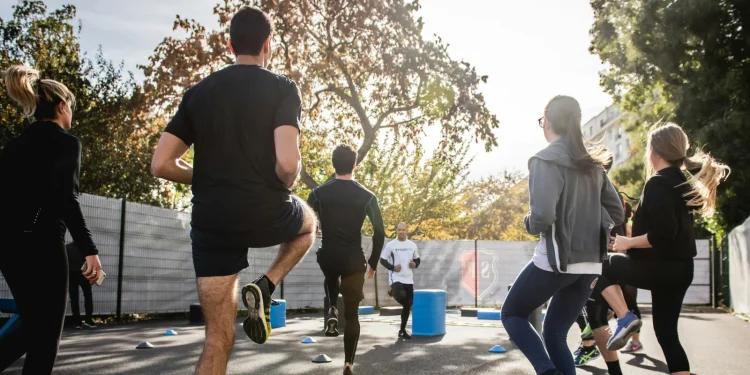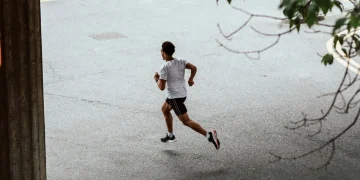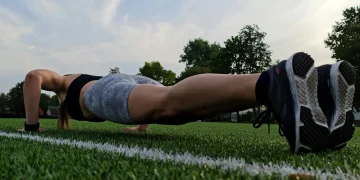While there are plenty of ways to reduce the risk of injury, most experienced runners will still encounter a repetitive stress injury at some point. Even a small soft-tissue strain can force you to take a break from running for a few days. But is a few days enough? Is rest alone sufficient? Or do you need to incorporate mobility and strength exercises to fully recover? Did applying ice or heat actually help? And most importantly—how do you know when it’s truly safe to start running again?
Typically, runners won’t return to training until things feel right—no discomfort when walking, stretching feels normal, maybe a few squats to test it out, and the legs seem good to go. Confident, they head out for that comeback run. But sometimes, just a mile in, the familiar ache creeps back—say, in the calf—reminding them the injury isn’t quite gone.
To avoid this kind of disappointment, it’s worth raising the bar on your pre-run checks.
Post-Injury Running Checklist
Before you lace up again, make sure you can pass these readiness tests:
- Pain-free pressure test: Use tools like a foam roller, lacrosse ball, thumb, or theracane to apply firm, focused pressure to the injured area and the matching area on the opposite side. Both sides should feel the same, with no sharp or lingering pain.
- Equal range of motion: Stretch the injured area in all directions, comparing the movement and comfort level on both sides. Your flexibility and ease of motion should feel balanced and unrestricted.
- Zero pain during the following movements:
- Regular walking
- Walking on your toes and heels
- Climbing stairs and walking down
- Low squat walking
- Squats done while staying on your toes
- Lunge walking with deep, exaggerated steps
- Quick, light two-leg toe hops (60 total)
- Quick, light single-leg toe hops (20 each leg)
- A short 10-second jog around the house
Working through these steps provides a clear and honest picture of your readiness. It can be nerve-wracking, but it’s much better to find out you’re not quite ready before you’re halfway through a run. Taking the time to assess properly helps you avoid reinjury and keeps your recovery on track.






